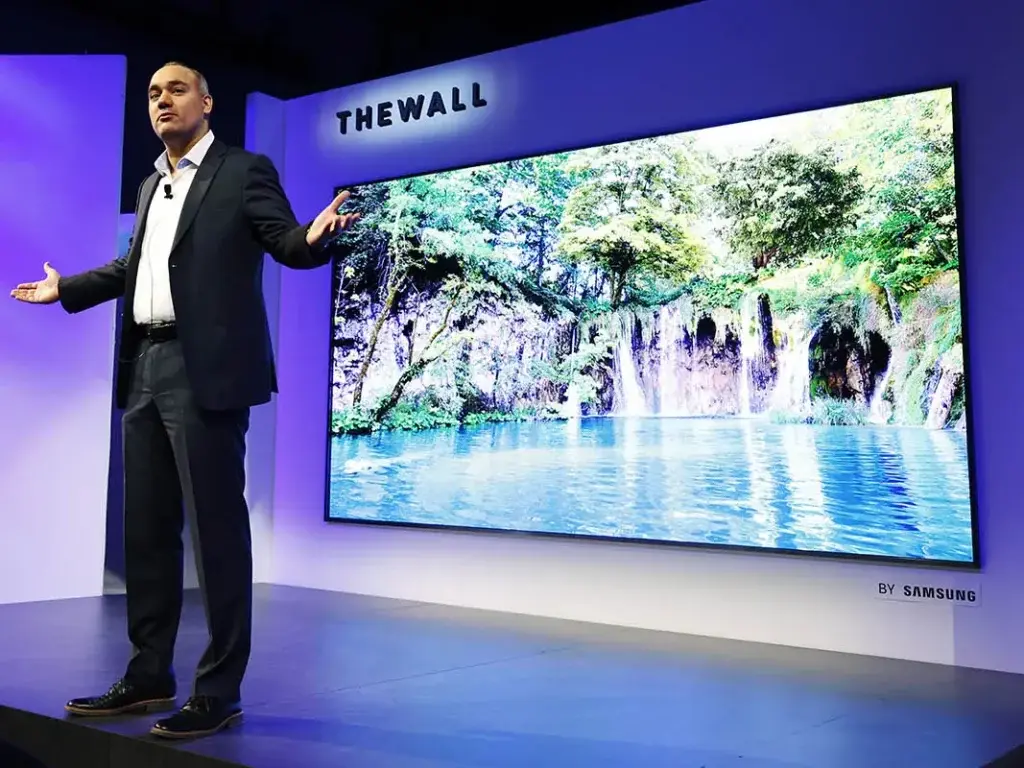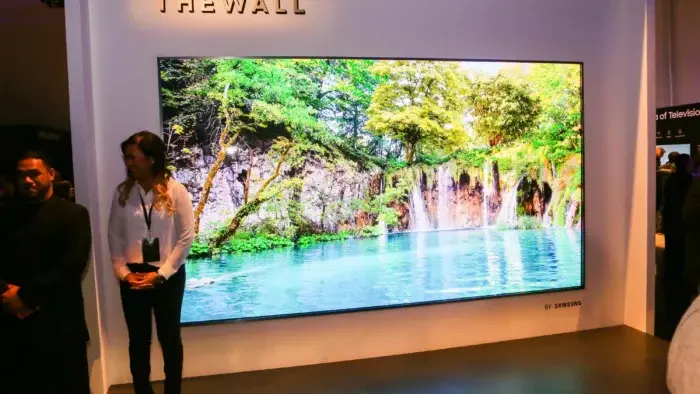With the continuous development of display technology, OLED screens have become the new darling of the display industry. For the next-generation display technology solution, MicroLED is currently the most popular. South Korean manufacturing giant, Samsung, is taking the lead in commercializing MicroLED displays. The company already has a product on the shelves, The Wall TV. As a MicroLED TV, The Wall uses micro LED units instead of traditional backlights, and the display effect is very good. However, Business Korea reports that Samsung’s MicroLED TVs in Manhattan and South Korea have serious dead pixels issues. In fact, there are reports that cases of defects keep increasing.

The Wall MicroLED TV costs a fortune
The official price of The Wall TV is 170 million won in South Korea. This translate to about $128,000. Of course, outside South Korea, this TV will be more expensive. For instance, in China, The Wall TV costs 1,049,999 yuan which is about $154,000. However, the high price of this TV makes its shipments very low. According to data from market research firm Omdia, shipments of MicroLED TVs this year are not expected to exceed 1,000 units. Therefore, once a MicroLED TV fails, the failure rate of the MicroLED TV will increase by one thousandth. And if ten MicroLED TVs fail, the technology has a 1% failure rate.
For reference, Omdia data shows that LCD and OLED TV panel shipments this year are expected to be 250 million and 10 million, respectively. If the OLED TV panel failure rate is 1%, then 100,000 OLED TVs will fail. Therefore, MicroLED still has a long way to go to replace OLED TVs. Micro LED display technology refers to a display technology that uses self-luminous micron-scale LEDs as light-emitting pixel units and assembles them on a drive panel to form a high-density LED array. This technology has almost all the advantages of OLED display technology, and it can also achieve that there is no need to worry about the ageing of light-emitting units under extremely high brightness, and its lifespan is far longer than that of OLED displays.


